Early start and a very wet ride to the port to catch our ferry to Alicudi, the most remote volcanic island of the Aeolian Archipelago.
We reach the ticket office just in time to find out that all the ferries and hydrofoils got cancelled due to bad weather. We could only make it to the island of silence if the slow ship that was going to turn up a few hours later was the Bridge. This 1979 vessel is capable of crossing the sea even with harsh winds.
The possibility of not being able to reach Alicudi made me very sad but that’s part of the game of visiting these islands: you’re not in control, mother nature is.
We’re patiently sitting at the bar sipping coffee when suddenly on the horizon we start seeing the shape of a ship. It was the Bridge! The captain decided to make his way to Alicudi hoping to dock. Stocked up with wine bottles and delicacies from Salina, we make our way to the deck with four other hopeful travellers.
While part of the crew was in the kitchen dealing with pans overflowing with spaghetti, we tried to distract ourselves from the delicious smell contemplating the sea. Soon after we started talking to the other passengers, Erin and Paul, a couple from Birmingham who fell in love with Alicudi years back and wanted to return. Islands are magnetic, once you find yours, your soul lights up. Maybe one day I will tell you more about my beloved one.
Approaching Alicudi, we could see some islanders - the ‘Arcudari’ - waiting for the ship to arrive. The Bridge was not just carrying travellers like us but food, building materials and parcels. The captain managed to dock. Finally, we made it to the island of silence. Soon after, sea conditions got worse. We were officially stuck in Alicudi until further notice.
In Alicudi you won’t find cars or roads, just ancient mule tracks surrounded by prickly pear trees. Locals use mules to transport goods around the island since getting anywhere requires a steep ascent. Neither are there any ATMs nor street lights - so make sure you bring cash and head torches.
The streets have no names. Instead, Alicudi has a system of step numbers, where each house is designated by the number of steps needed to reach it. The best way to get around is a local map - ‘Metro Gradini’. It will help you understand distances and numbers of step required when walking around the island.
We make our way up to Contrada La Tonna where Elise, our host, and her daughter Elena are waiting for us. Elise is one of the few inhabitants of Alicudi that lives here all year round. She is French but spent her childhood in many places such as Algeria and Martinique and has been living on the island for a few years running a shop filled with her creations and renting the beautiful room located on top of it.
We spent our days at a slow pace.
Exploring the island, we hiked up to Filo dell'Arpa, the island’s central peak. At the Pianure you really get the feeling on what used to be the crater of the once active volcano. This area in now covered in ferns and you can spot wild goats on the cliffs.
Enjoying a few beers at Spiaggia Bazzina, we relaxed on our terrace sipping wine from the hammock.
There are no restaurants here, the Arcudari open their homes serving generous portions of food for 30€/person. Just ask around for Rosina, Lea, Concetta or Silvio the fisherman. We spent our nights having conversations with them about life and the legends of the island in front of a home-cooked meal.
Alicudi is full of legends about flying women, ghosts and transformations which trace back to the beginning of 1900. According to some anthropologists, during these years the Arcudari consumed rye infested with ergot, a fungus that can cause hallucinations. Ergot was used by the scientist Albert Hoffman during his experiments which led to the discovery of LSD. This is a bit of a taboo topic for some locals like Rosina who refuses to believe these “silly stories”. If you’re interested in learning more, you can watch the documentary “The analogical island”.
Whether it’s true or not, these stories help envelop the island with an aura of mystery.
The Neapolitan artist Roberto Longo, known under the pseudonym Roberto di Alicudi fell in love with the island more than 20 years ago and finds inspiration from its legends. Roberto depicts them using a Sicilian technique dating back to the 17th century used by the Pincisanti. These were artists who used glass as their canvas. Unusually, they painted images onto the reverse of the glass, so that a ‘mirror image’ revealed itself on the front. A peculiarity of this painting technique is that the figures must be painted first, otherwise the backgrounds would hide the details.
I left this island full of amazing memories and willingness to return. Living on an island like Alicudi really makes you aware of the power of nature and how reliant on it and fragile humans are.
The concepts of time and space are totally different here. It really shocks you coming from a city like London where everything is fast and convenient. Next day deliveries are very far from this reality. It teaches you what in Italian we call “l’arte di arrangiarsi”, the art of figuring it out: repairing instead of throwing away, composting and using natural fibres instead of producing large amounts of rubbish. It also educates you to respect what nature gives us. There are no water mains for example, all water must be collected in each house's cisterna and jealously guarded and rationed out until the next rains.
Here you can truly learn to accept that life doesn’t always go as planned and to focus on what is truly essential.
Dear Diary, I’m only happy at sea, on the way between an island I have just left and another that I have yet to reach.




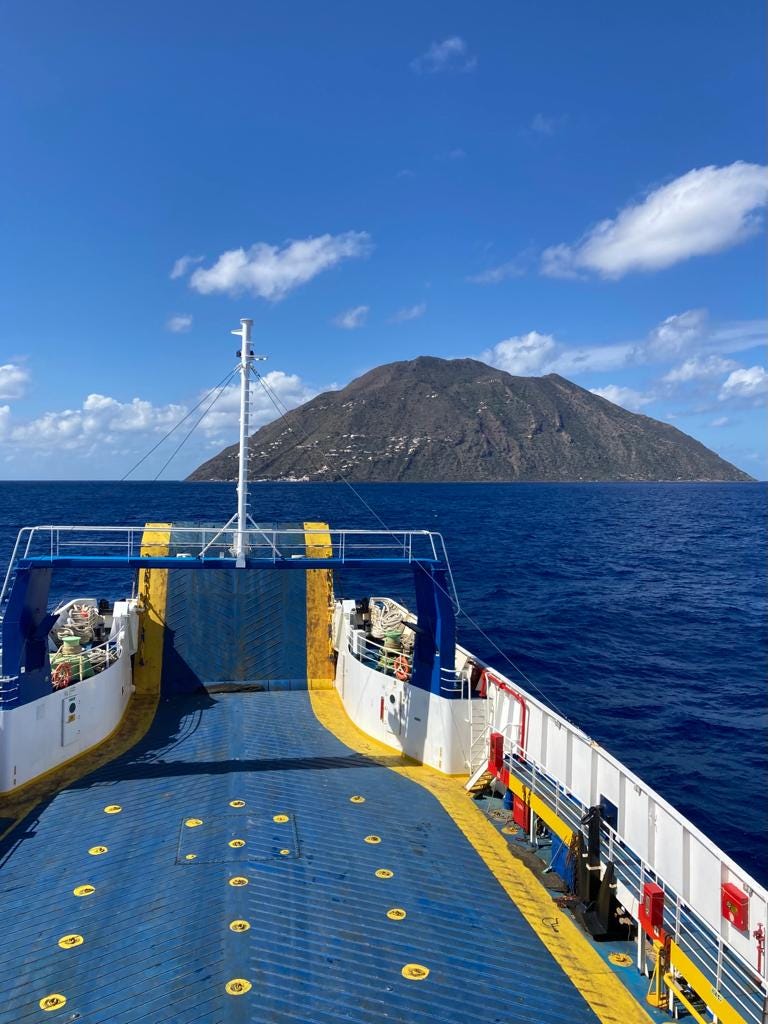

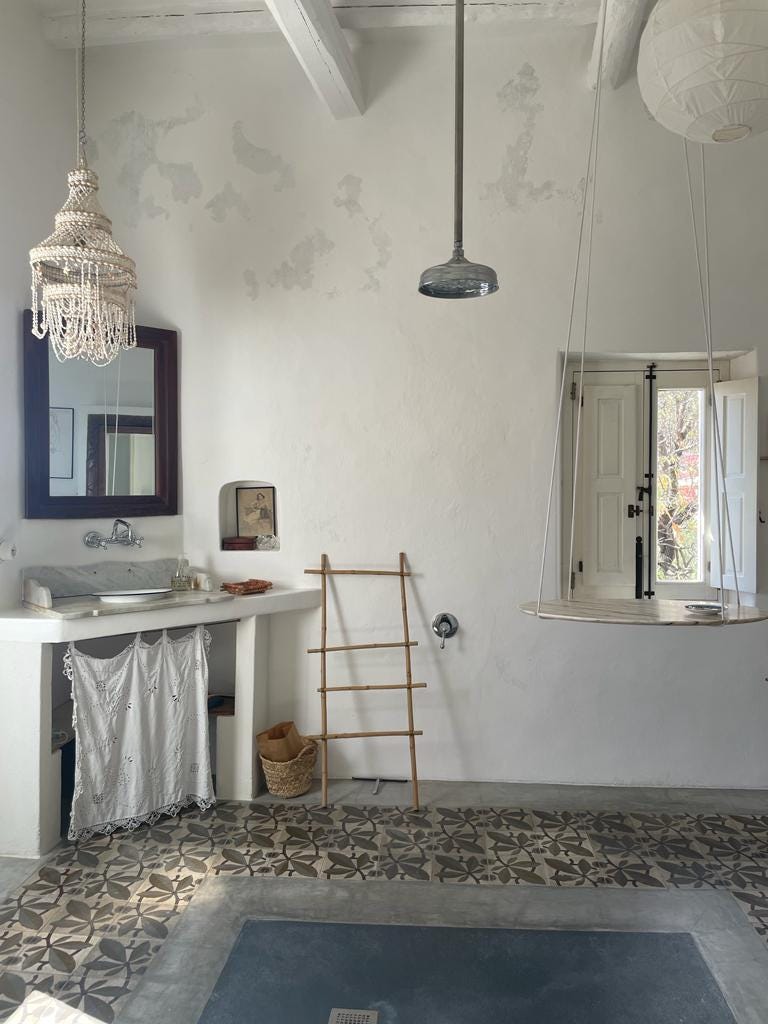
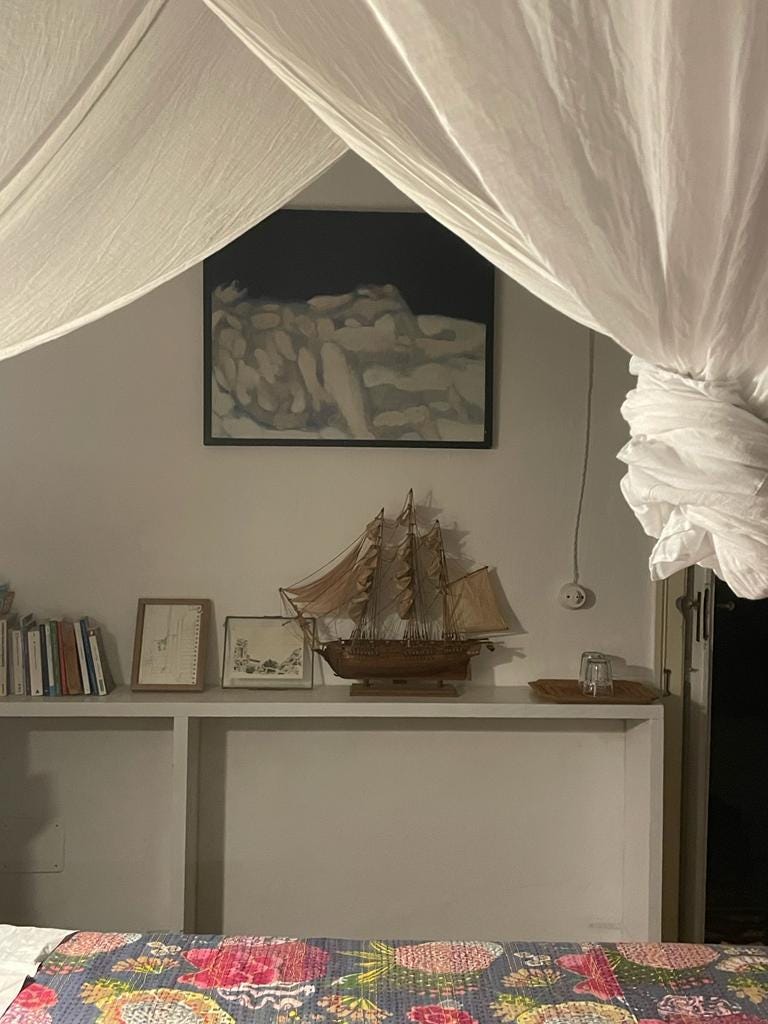

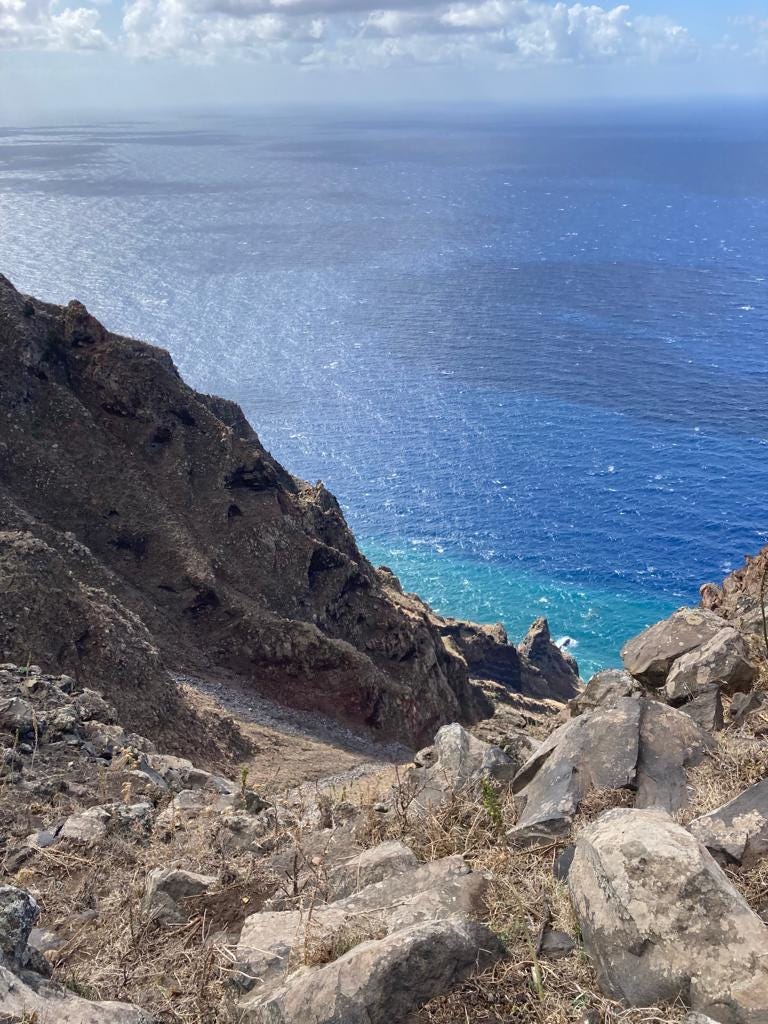
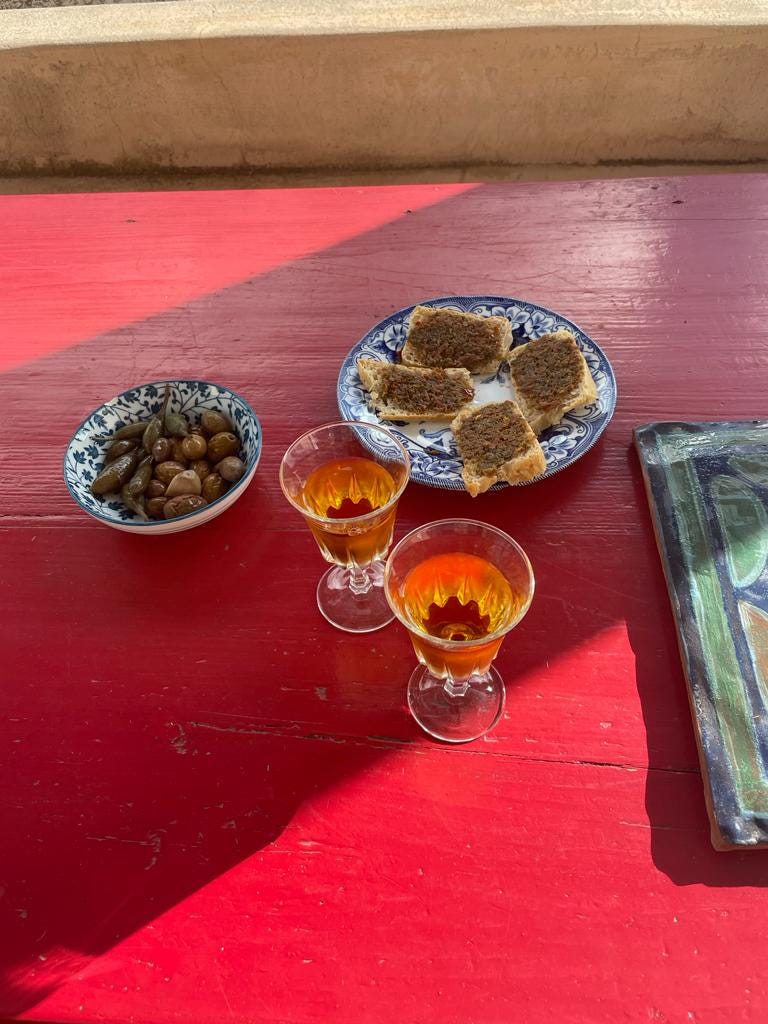
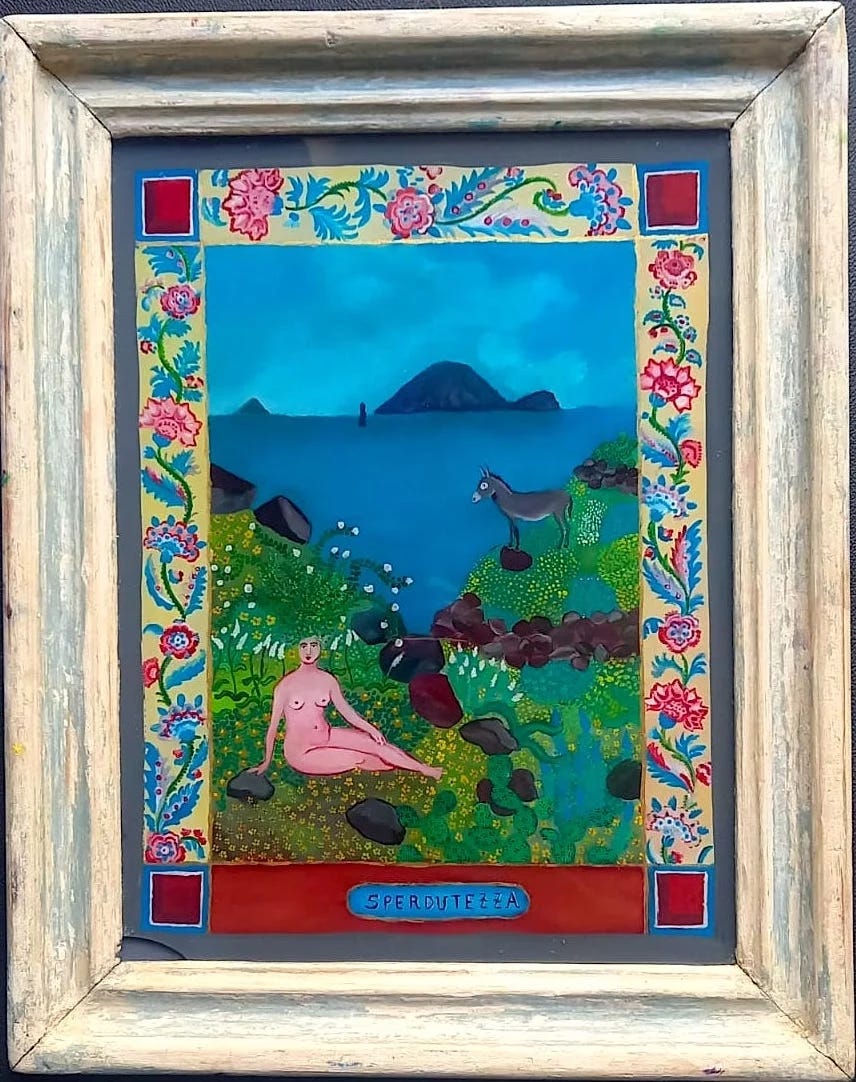
This is sooo dreamy! I am planning a trip this year, may I ask you for your airbnb details? Thank youu